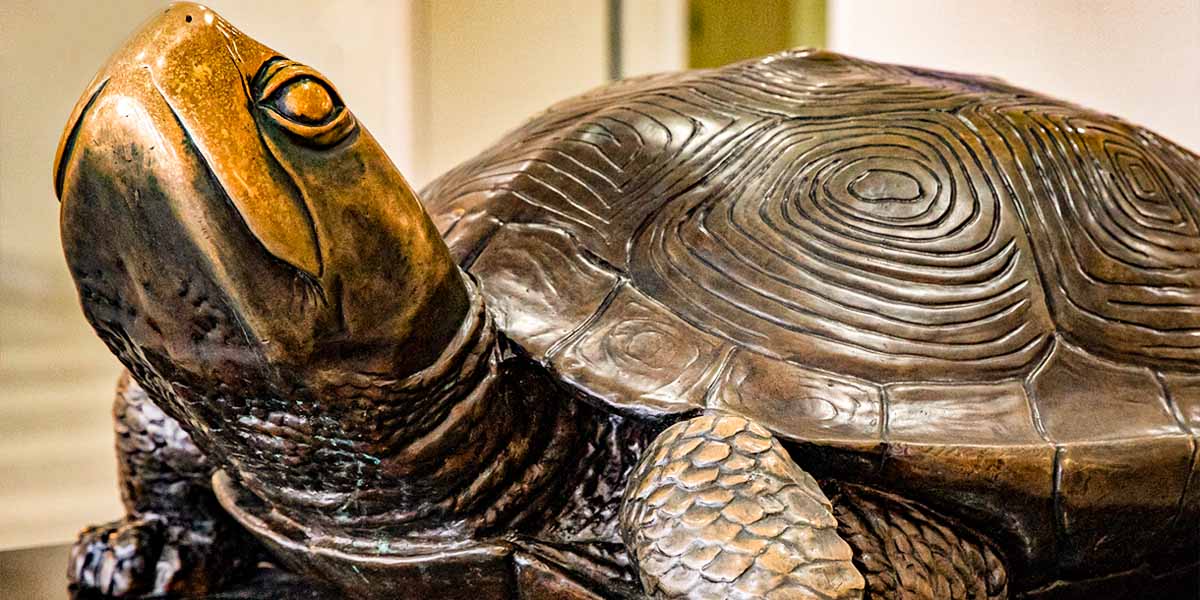
When the word “desert” comes to mind, one may associate it with barren land and limited resources. Similarly, researchers suggest that an information desert is characterized by information inequality or limited access to information resources. Thus far, research about information equality has focused on disparities in information accessibility as it is closely related to an individual’s socio-economic status with regard to education, income, and occupation.
In their research paper, “How are information deserts created? A theory of local information landscapes,” Myeong Lee, PhD student, and Dr. Brian Butler, professor and senior associate dean at University of Maryland College of Information Studies, explore information equality at the community level, rather than individual level. As existing metrics and assessment tools are intended to measure information inequality at the individual level, policy-makers and researchers find it difficult to assess the level of information equality in communities, such as cities and neighborhoods.
Through LIL theory, a theory of local information landscapes, Lee and Dr. Butler suggest that there are structural and material forms of local information landscapes, or how information exists in a community. These include
- How information is spread across different sources, i.e.. event information may be available in the newspaper, but not on Facebook
- How information fluctuates, i.e.. job posting may disappear from a website because of a hacking attack to the server
- How information is embedded, i.e.. lack of bulletin boards in a community
By understanding these diverse forms as a necessary condition of information equality, it becomes possible for policy-makers and researchers to understand information equality at the community level.